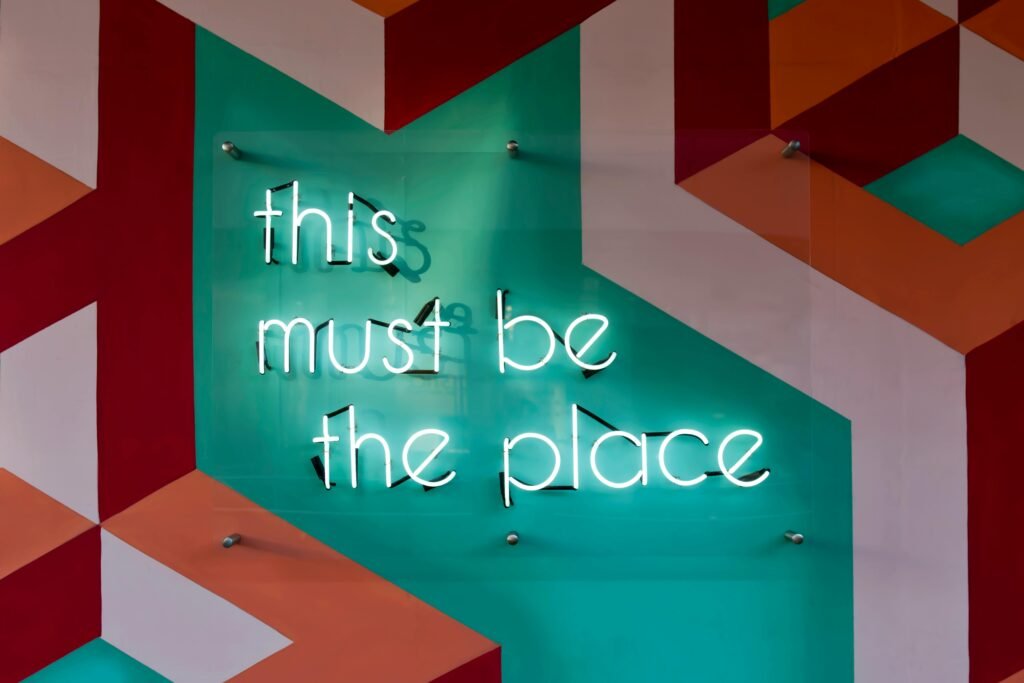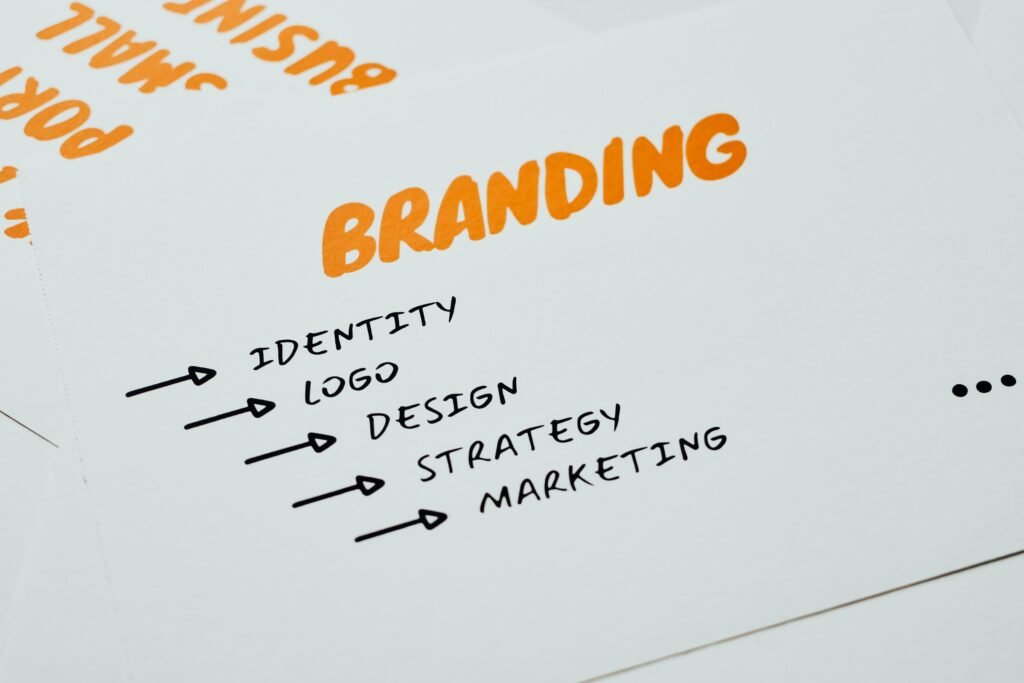Affordable Web Design
Creating an effective web design involves a combination of user-centric design principles and technical optimizations. Start with a responsive design that adapts seamlessly to all devices, paired with clear navigation to guide visitors effortlessly through your site. Engage users with compelling, helpful content and prominent calls-to-action, while building trust through social proof and a clear value proposition.
Reinforce your brand identity with consistent visual elements, and ensure a smooth user experience by removing friction points. Finally, optimize your website’s speed to keep visitors engaged and improve conversion rates. By focusing on these core aspects, you can create a website that not only looks professional but also drives real business results.





* Includes digital marketing discounts with purchase of a website

Why Choose Topper Digital?
Topper Digital brings cutting-edge digital marketing solutions to propel your small business towards sustained growth and success.

AI-Powered Solutions
Leverage cutting-edge AI technology to craft personalized digital marketing strategies tailored to your business goals.

Affordable Excellence
Experience top-tier digital marketing services without breaking the bank. We deliver exceptional results at competitive prices.
Web Design Frequently Asked Questions
The cost of designing a website for a small business can vary widely depending on several factors:
Complexity of the design
Number of pages
Functionality required (e.g., e-commerce, booking systems)
Whether it’s custom-built or uses a template
The experience level of the designer or agency
Typical cost ranges:
DIY website builders (e.g., Wix, Squarespace): $0 – $500 per year
Template-based WordPress site: $500 – $5,000
Custom-designed website: $5,000 – $30,000+
Remember to factor in ongoing costs such as hosting, domain registration, and maintenance. It’s crucial to balance your budget with your business needs and long-term goals.
Clear and compelling homepage: Instantly communicate what your business offers
About Us page: Share your story and build trust with potential customers
Products/Services pages: Detailed information about what you offer
Contact information: Make it easy for customers to reach you
Call-to-Action (CTA) buttons: Guide visitors towards desired actions
Mobile responsiveness: Ensure the site works well on all devices
Fast loading speed: Optimize for quick page loads
SEO basics: Implement fundamental search engine optimization
Security features: Include SSL certificate for data protection
Social proof: Customer testimonials or reviews
Social media links: Connect your website to your social platforms
Privacy policy and terms of service: Ensure legal compliance
These elements help create a professional, functional website that serves both your business and your customers effectively.
The timeline for designing and launching a small business website can vary based on the project’s complexity and the chosen method:
DIY website builders: 1-7 days
Template-based WordPress site: 2-6 weeks
Custom-designed website: 6-12 weeks
Factors that can affect the timeline include:
Content preparation
Number of revisions
Client responsiveness
Complexity of features
Integration with third-party services
It’s important to discuss the timeline with your web designer or agency at the start of the project and factor in time for testing and refinement before launch.
The decision between using a website builder or hiring a professional depends on several factors:
Website Builders (e.g., Wix, Squarespace):
Pros:
More affordable
Quick to set up
Easy to maintain yourself
Cons:
Limited customization
May lack advanced features
Can look generic
Professional Web Designer:
Pros:
Customized to your brand
Can handle complex functionality
Professional, unique design
Cons:
More expensive
Longer development time
May require ongoing maintenance support
Consider your budget, technical skills, desired uniqueness, and required functionality when making this decision. If you need a simple site quickly and affordably, a website builder might suffice. For a more professional, customized site with specific features, a professional designer is often worth the investment.
To make your small business website search engine friendly:
Use relevant keywords: Incorporate keywords naturally in your content, titles, and meta descriptions.
Create quality content: Regularly update your site with valuable, relevant content.
Optimize page titles and meta descriptions: Write compelling, keyword-rich titles and descriptions for each page.
Ensure mobile responsiveness: Make sure your site works well on all devices.
Improve site speed: Optimize images and minimize code to ensure fast loading times.
Use SEO-friendly URLs: Create clear, descriptive URLs for each page.
Implement proper heading structure: Use H1, H2, H3 tags correctly.
Add alt text to images: Describe images with relevant keywords.
Build quality backlinks: Encourage other reputable sites to link to yours.
Use internal linking: Link between relevant pages on your site.
Submit a sitemap: Create and submit an XML sitemap to search engines.
Utilize local SEO: If you’re a local business, optimize for local search terms and set up Google My Business.
Remember, SEO is an ongoing process. Regularly monitor your site’s performance and make adjustments as needed to improve your search engine rankings.
